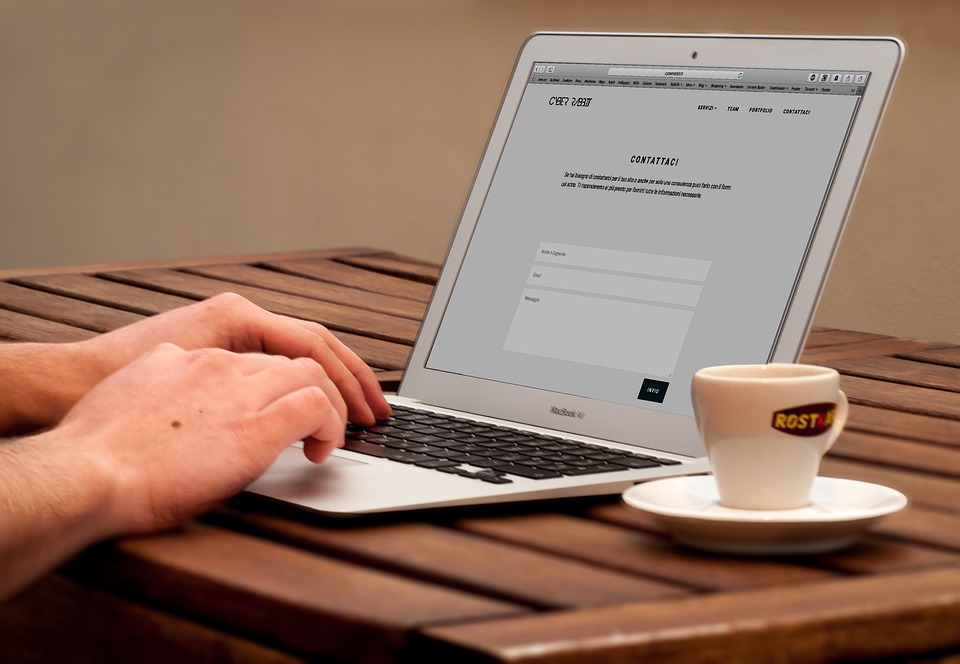In our increasingly interconnected world, the ability to communicate with a diverse audience is paramount for businesses and organizations. Developing a multi-language website not only broadens your reach but also engages users in their preferred language, enhancing their overall experience. In this blog, we’ll discuss the best practices for creating accessible multi-language websites, focusing on tools like WPML and Weglot for seamless integration.
Why Develop a Multi-Language Website?
Before diving into the best practices, let’s understand why a multi-language website is crucial:
- Global Outreach: By offering content in multiple languages, you can tap into new markets and audiences, increasing your brand’s visibility.
- User Engagement: Users are more likely to interact with content presented in their native language, leading to higher engagement and conversion rates.
- SEO Benefits: Multi-language sites can improve organic search visibility. Different languages can target different demographics and regions effectively.
Best Practices for Multi-Language Website Development
1. Plan Your Language Strategy
Before diving into implementation, it’s essential to strategically plan how many languages you want to support and which markets to target. Conducting market research will help you identify potential users’ preferred languages.
2. Use Language Codes
Implement language codes (such as ISO 639-1) for each version of your website. This practice aids in search engine optimization (SEO) and improves user navigation. Ensure that your URLs, meta tags, and language attributes are correctly set to reflect the different languages.
3. Focus on Localization, Not Just Translation
Localization goes beyond mere translation. It involves adapting your content to reflect the cultural nuances, idioms, and preferences of your target audience. Consider local customs, currency, measurement units, and more.
4. Create a User-Friendly Language Selector
Make it easy for users to switch languages by incorporating a clear language selector. This could be a dropdown menu, flags, or a simple text link. Position it prominently, preferably in the header or footer, so it’s easily accessible.
5. Consistent Design and Navigational Structure
Ensure that your website’s design remains consistent across different language versions to provide a seamless experience. Maintain a similar navigational structure to help returning visitors easily find the content they need.
Utilizing Tools for Seamless Translations
WPML (WordPress Multilingual Plugin)
WPML is one of the most popular WordPress plugins for creating multi-language websites. Here’s what makes it a great choice:
- Ease of Use: WPML’s user-friendly interface allows you to manage translations easily. It supports posts, pages, custom post types, and even e-commerce products.
- Translation Options: You can choose between manual translations or professional translation services, ensuring that you have full control over the quality of your content.
- SEO-Friendly: WPML is optimized for SEO, allowing you to add unique meta descriptions, titles, and slugs for each language.
Weglot
Weglot is another powerful tool for creating multi-language websites. Here’s why it stands out:
- Automatic Translation: Weglot offers instant translation options, making it easy to launch your site in multiple languages quickly. You can manage and edit translations later, ensuring accuracy.
- Multi-Platform: Weglot is compatible with various platforms, including WordPress, Shopify, and more. This flexibility allows you to use it for different types of websites.
- SEO Optimization: Weglot generates SEO-friendly URLs and ensures that search engines index your multi-language content effectively.
6. Continuous Improvement and Updates
Lastly, remember that a multi-language website is not a one-and-done project. Continuous updates are crucial, especially when new content is added or existing content changes. Regularly revisit translations and localization efforts to ensure they remain relevant and accurate.
Conclusion
Building a multi-language website is an excellent investment in reaching a global audience. By following best practices and utilizing powerful tools like WPML and Weglot, you’ll create a seamless, engaging experience for all users—regardless of their language. Start your journey towards a more inclusive digital presence today, and watch your audience grow!
Are you ready to take your website to the next level with multi-language capabilities? Let [Site-Title] guide you through this valuable process! For more tips and insights on web development and digital marketing, stay tuned to our blog. Happy translating!




